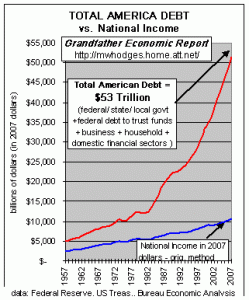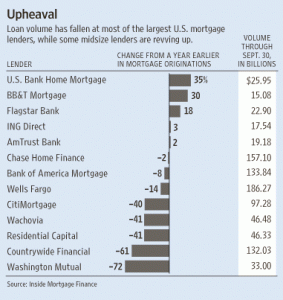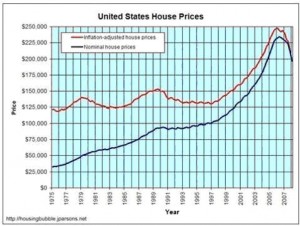California’s budget crisis is growing worse as its shortfall for its current fiscal year has increased to an estimated $14.8 billion from a previously estimated $11.2 billion, Gov. Arnold Schwarzenegger said on Wednesday.
During a press conference broadcast on his office’s website, the Republican governor said he would call top lawmakers into a meeting to stress the need for fast action by the Democrat-led legislature on balancing the budget of the government of the most populous U.S. state because it may be out of cash by the end of February.
General fund revenues for November were down a staggering 18% from already reduced expectations. The Governor had previously demanded action from the legislature to address the fiscal situation but was stymied by competing political agendas. The Republicans don’t want to raise taxes and the Democrats don’t want to cut spending. As California’s debt ratings continue to sink and investors boycott their debt offerings, it has become obvious that the previous solution of borrowing to cover out of control spending will not work this time.
California’s budget has increased by an astonishing 40% over the past four years. Gov. Arnold Schwarzenegger was voted into office on a promise to cut spending and establish some semblance of fiscal sanity. He soon gave this effort up when his popularity ratings plummeted as he attempted to rein in out of control spending. Every spending cut is essentially a reduction of benefits or cash payments to various voters. The voters are apparently accustomed to ever increasing benefits and payments, without the nuisance of having to pay for them. Pandering politicians have attempted to give everything to everyone at no cost and accordingly created a sense of entitlement by the voters. Demands for new benefits will only grow larger with unemployment at almost 10% and surging higher by the day.
We are now seeing the end result of fiscal insanity – an over leveraged state that has reached the limits of borrowing, politicians who will not confront reality, voters who will not tolerate tax increases or spending cuts and the largest State economy on the verge of fiscal collapse. This has been discussed as a national issue previously – IOU’S Pile Up – Taxpayers Refuse to Pay.
The only action California has taken to date, which does not address the reality of their situation has been to offer IOU’s to the State’s vendors and suppliers. Those who chose to accept these IOU’s will soon find themselves as bankrupt as the issuer.
This fiscal lunacy will continue until California has borrowed and spent its last dollar. When this point is reached the next phase of Federal bailouts will commence with 49 other states lined up behind California.
Ultimately, serious minds will begin to question the financial integrity of the United States.


